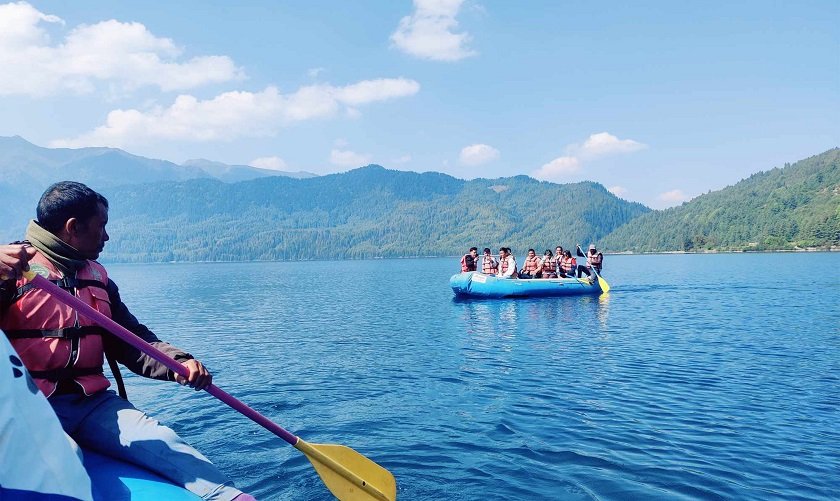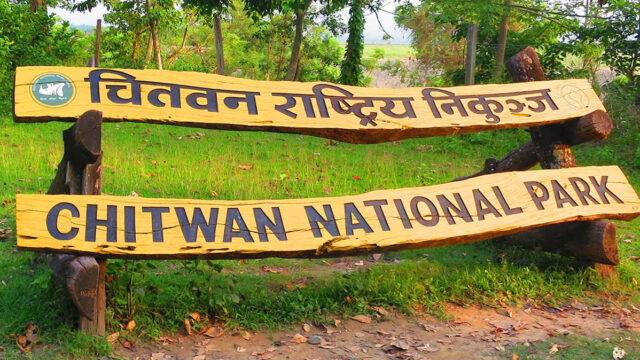Rara, widely known as one of Nepal’s most pristine and scenic tourist destinations, welcomed over 13,000 tourists in the past eleven months. Tourists from both within Nepal and abroad visited Rara from Shrawan last year until the end of Baishakh this year, indicating a significant rise in footfall compared to the previous year.
According to Mahesh Neupane, Acting Senior Conservation Officer at the Rara National Park Office, this year has seen an increase in the number of visitors. Based on data collected until the end of Baishakh, a total of 13,014 tourists visited Rara. Among them, 12,761 were domestic tourists, 45 were from SAARC nations, and 208 were from other countries. The figures show a promising rise in visitor numbers, especially in terms of internal tourism, and the trend is expected to continue increasing throughout Ashadh.
In the previous fiscal year 2080/81, Rara recorded a total of 17,297 visitors. With more than 13,000 tourists already visiting by the end of Baishakh this year, officials expect this year’s count to surpass last year’s total by the end of Ashadh. Acting Officer Neupane expressed optimism, stating that the continuous interest in Rara and growing accessibility, despite challenges, have contributed to this increase.
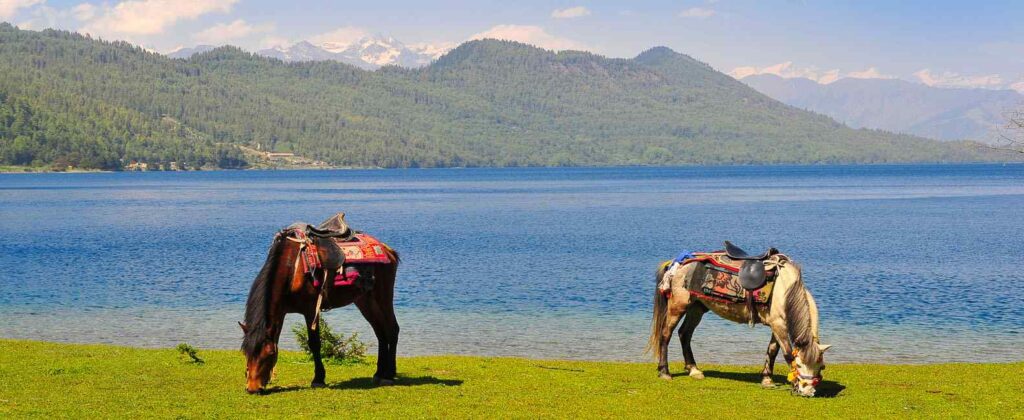
Revenue Generation and Tourist Fee Structure
The influx of tourists has also led to significant revenue generation. As per the Rara National Park Office, a total revenue of NPR 4.91 million has been collected under various categories as of Jestha 5. Out of this, NPR 3.127 million was collected solely from tourism entry fees.
The park has established a structured fee system for tourists entering the region. Domestic tourists are charged NPR 1,000 per person, SAARC nationals are charged NPR 1,500, while tourists from other countries are required to pay NPR 3,000. These charges contribute directly to conservation efforts and development projects around the park.
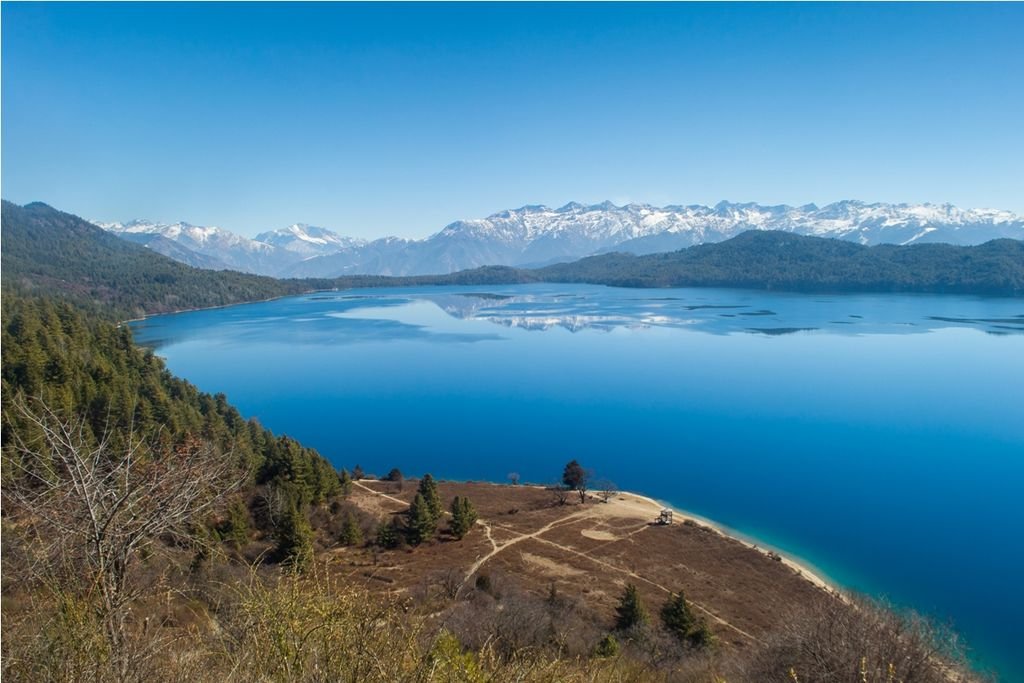
Challenges in Road Infrastructure Affecting Accessibility
Despite the promising rise in tourist arrivals, accessibility remains a major hurdle. The condition of the roads leading to Rara has been a recurring issue, affecting both the comfort and volume of travel to the region. Bishnu Bahadur Rawal, Chairperson of the Middle Region Development Committee, highlighted the dire need for road upgrades, particularly the Karnali Highway and the Nagma-Gamgadhi Road, which are the primary routes leading to Rara.
“The roads are in poor condition. They are narrow and unfit for large vehicles. During the monsoon, the roads turn muddy, while during the dry season, they are dusty and uncomfortable. If these roads are upgraded and regular flights are maintained at Rara Airport, the economic outlook of Karnali Province could greatly improve,” stated Rawal.
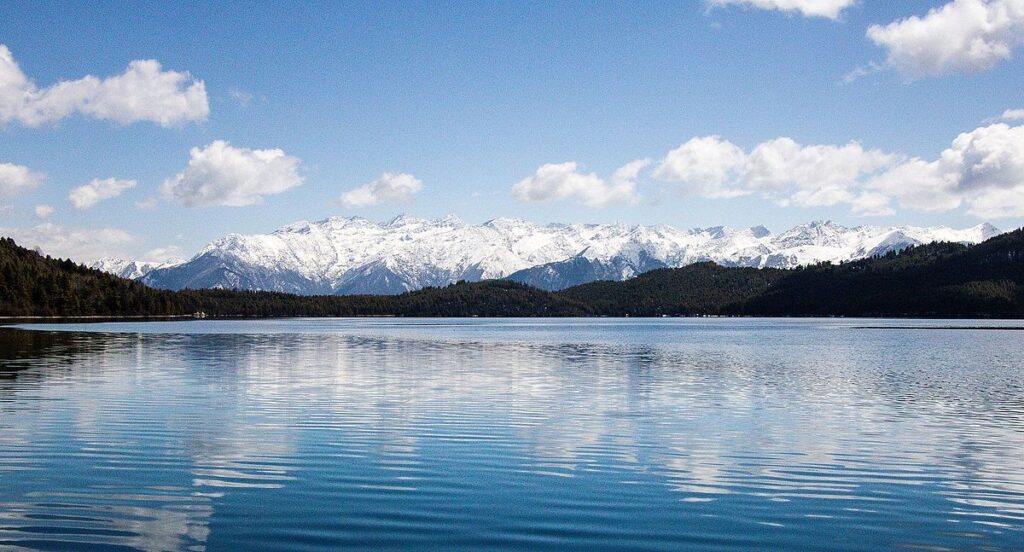
Lack of Tourist-Friendly Infrastructure
In addition to road-related issues, the lack of tourist-friendly infrastructure in Rara is also a concern. Basic amenities such as comfortable lodging, organized tourist services, and recreational facilities are still limited. The absence of such infrastructure shortens the length of tourists’ stay, preventing the area from fully capitalizing on its tourism potential.
To address these shortcomings and further promote tourism in the region, stakeholders have called for the formation of a comprehensive Rara Development Authority. Such an institution would be tasked with long-term planning, infrastructure development, environmental conservation, and promotional campaigns to transform Rara into a top-tier international tourist destination.
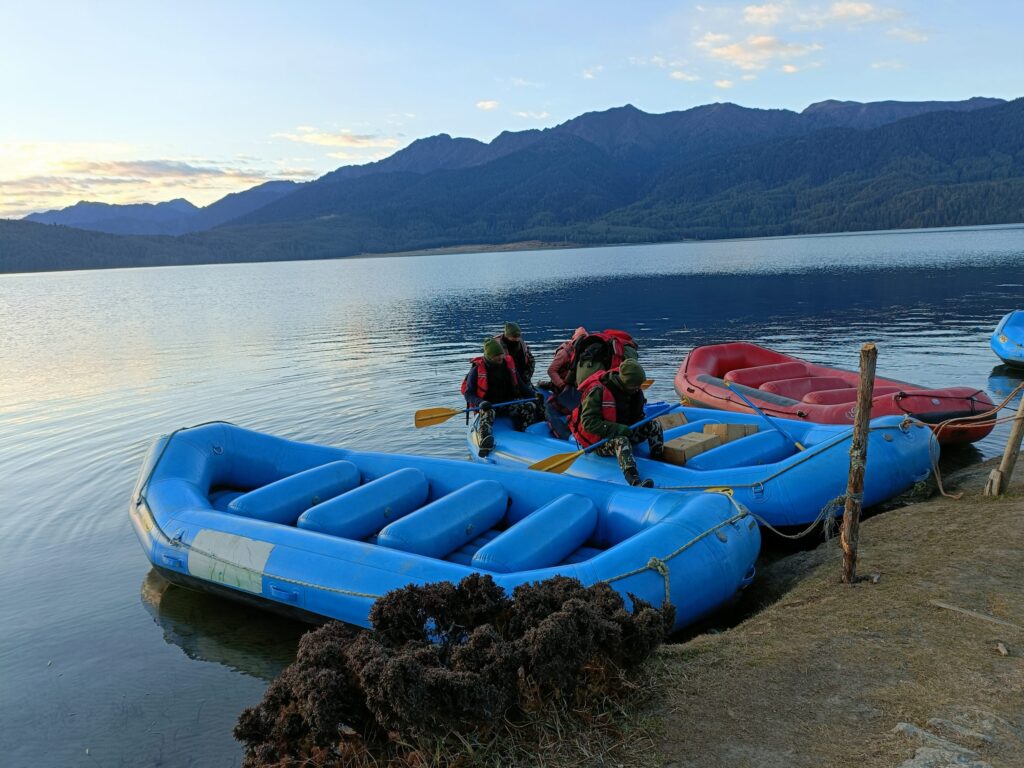
Rara continues to capture the imagination of travelers with its breathtaking landscapes, serene lake, and rich biodiversity. The recent increase in tourist arrivals is a testament to its growing popularity. However, to sustain this growth and convert visits into long-term economic benefits for the region, infrastructural development, especially in road accessibility and tourist facilities, remains crucial.
With focused government attention and investment, Rara has the potential to emerge as a major hub for eco-tourism and nature-based travel in Nepal, attracting not just more domestic tourists, but also drawing international attention to the beauty of the Karnali region.
